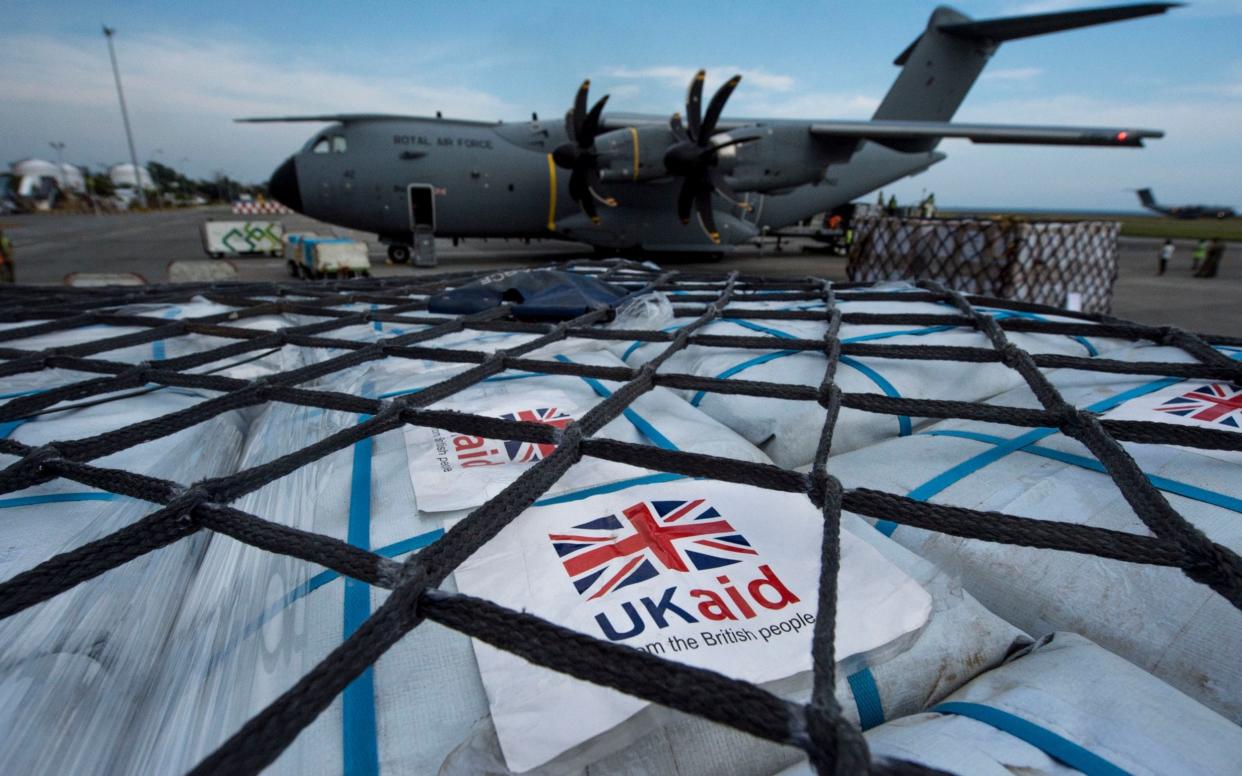Bribes, queue jumping and theft: the scale of corruption in healthcare revealed

International donors are being urged to be more transparent about how corruption affects their aid programmes as a new report estimates that practices such as bribes, theft and embezzlement cost the world $500 billion a year.
An analysis of the available data on corruption in health care, carried out by campaign group Transparency International, describes such practices as an "ignored pandemic".
The report focuses on corruption perpetrated by frontline health workers with practices including accepting bribes, stealing medicines to resell them and moonlighting in other jobs while being paid by public health services.
The report estimates that seven per cent of health expenditure is lost to corruption and, with annual global health spending now in excess of $7.5 trillion a year, this equates to more than $500bn a year.
The analysis also warns that it leads to 140,000 child deaths every year, is a driver of anti-microbial resistance and also hampers efforts to reduce rates of HIV transmission.
While the report highlights corruption carried out by health workers the researchers say this is often driven by deeper structural problems “beyond the control of underpaid and overworked frontline service providers”.

The report also urges donors to be more transparent about corruption and its impact on their programmes. There is little research into the levels of fraud in donor programmes as agencies have little incentive to quantify the scale of the problem for fear of being attacked by those who are “ideologically hostile to foreign aid”, the report says.
It says donors lack insight into the “patterns, prevalence and scale of corruption” in their programmes meaning they cannot assess risks and any anti-corruption efforts are based on weak evidence.
A report by the National Audit Office in 2017 said that the levels of fraud reported by the Department of International Development (DFID) were "unusually low".
A spokesperson for DFID said the department had a "zero tolerance" approach to corruption and fraud with "rigorous financial controls in place".
The spokesperson added: "It means we can provide support to people in the most unstable and fragile places where the poorest are dying from starvation, drought and disease; where conflict and economic failure drive mass migration; and where it is in the UK's interest to foster stability and security."
The report highlights six different types of corruption that are most prevalent at the front line: staff absenteeism; extraction of payments from patients; embezzlement and theft; corruption in service provision such as unnecessary procedures; favouritism and manipulation of outcome data.
In high income countries sickness and work-related stress are the leading causes of absenteeism but in low and middle-income countries poor pay is thought to be a leading factor, although this is not well understood.
Other reasons for staff missing work in developing countries is the ability of health workers to earn money privately - one study found that more than half of doctors in rural northern India regularly “moonlight” during official working hours.

Other ways that corruption manifests is health workers demanding payments or bribes from patients. A previous study by Transparency International estimated that 800 million people pay a bribe to health workers every year – the data indicated that in India alone that figure stands at 290 million people a year. Bribery rates are highest in Africa, Central and Eastern Europe and the Middle East.
The theft and resale of medicines is also commonplace – for example a government audit in Togo in 2011 revealed that a third of anti-malarial drugs, worth more than $1m, had been stolen over several years. And a study in Uganda found that in 90 per cent of health clinics less than half of medicines reached the patients they were intended for.
Other examples of corruption include kickback-driven referrals, where doctors demand payment to refer patients, or unnecessary procedures such as caesarean sections.
Favouritism – allowing family and friends to queue jump – is also common in some countries. In Bosnia queue jumping is described as very common but favouritism also enables patients with personal connections to avoid having to pay bribes.

Rachel Cooper, director of Transparency International's health initiative, said not enough is being done to stamp out the corruption.
“Ad-hoc and piecemeal attempts to tackle corruption have been ineffective. If we are serious about achieving universal access to healthcare, health systems must be designed to minimise incentives and opportunities for corruption in the first place. Whilst there are no simple playbooks, no easy wins and no magic bullets, the task is not impossible. Business as usual is no longer an option," she said.
Protect yourself and your family by learning more about Global Health Security

 Yahoo News
Yahoo News 
